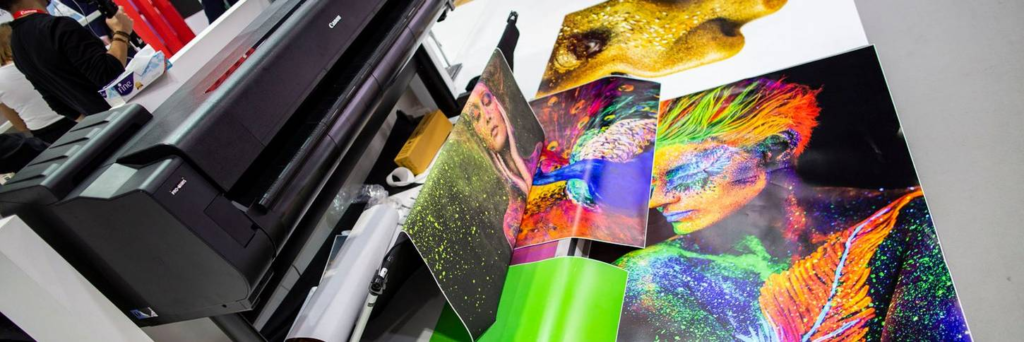Printing has played a transformative role in human communication, enabling the mass distribution of information, art, and design. Since the invention of the printing press by Johannes Gutenberg in the 15th century, printing technology has evolved to accommodate diverse industries and creative needs. 騎馬釘書刊 Early techniques such as woodblock printing and movable type paved the way for modern advancements, including digital and 3d printing. Today, printing is an integral part of publishing, advertising, and manufacturing, providing efficient solutions for large-scale and customized production. The continuous evolution of printing technology highlights its enduring significance in the digital age.

Modern printing methods cater to a wide range of applications, ensuring precision, speed, and flexibility. Offset printing, widely used in newspapers and magazines, delivers high-quality images and is cost-effective for bulk production. Digital printing, on the other hand, allows for on-demand printing with minimal setup, making it ideal for personalized prints and short-run projects. Meanwhile, advancements in 3d printing have revolutionized industries such as healthcare, automotive, and construction by enabling the creation of complex prototypes and functional components. With these innovations, printing continues to adapt to changing market demands and technological progress.
Sustainability has become a crucial focus in the printing industry, leading to eco-friendly solutions that minimize waste and environmental impact. Companies are increasingly using soy-based and water-based inks, which reduce harmful emissions compared to petroleum-based alternatives. Recycled paper and biodegradable printing materials are also gaining popularity as businesses seek greener alternatives. Additionally, energy-efficient printing machines and digital workflows are helping to decrease the carbon footprint of printing operations. As environmental awareness grows, the industry is embracing sustainable practices without compromising quality and efficiency.
Despite the dominance of digital media, printing remains a vital tool in marketing, education, and packaging. Businesses rely on printed brochures, business cards, and product packaging to create a strong brand identity. Educational institutions continue to use printed books, workbooks, and research papers as reliable learning resources. Large-scale advertising through billboards, banners, and posters demonstrates the enduring power of print media in capturing audience attention. The versatility of printing ensures its relevance in an increasingly digital world, proving that print and digital communication can coexist effectively.
In conclusion, printing has evolved from a manual craft to an advanced industry that continues to shape communication and commerce. Innovations in digital and 3d printing have expanded its applications, while sustainable practices are making printing more environmentally friendly. As technology progresses, printing remains indispensable in multiple industries, offering solutions that balance tradition and innovation. Whether for artistic expression, business branding, or industrial production, printing continues to be a cornerstone of creativity and communication.